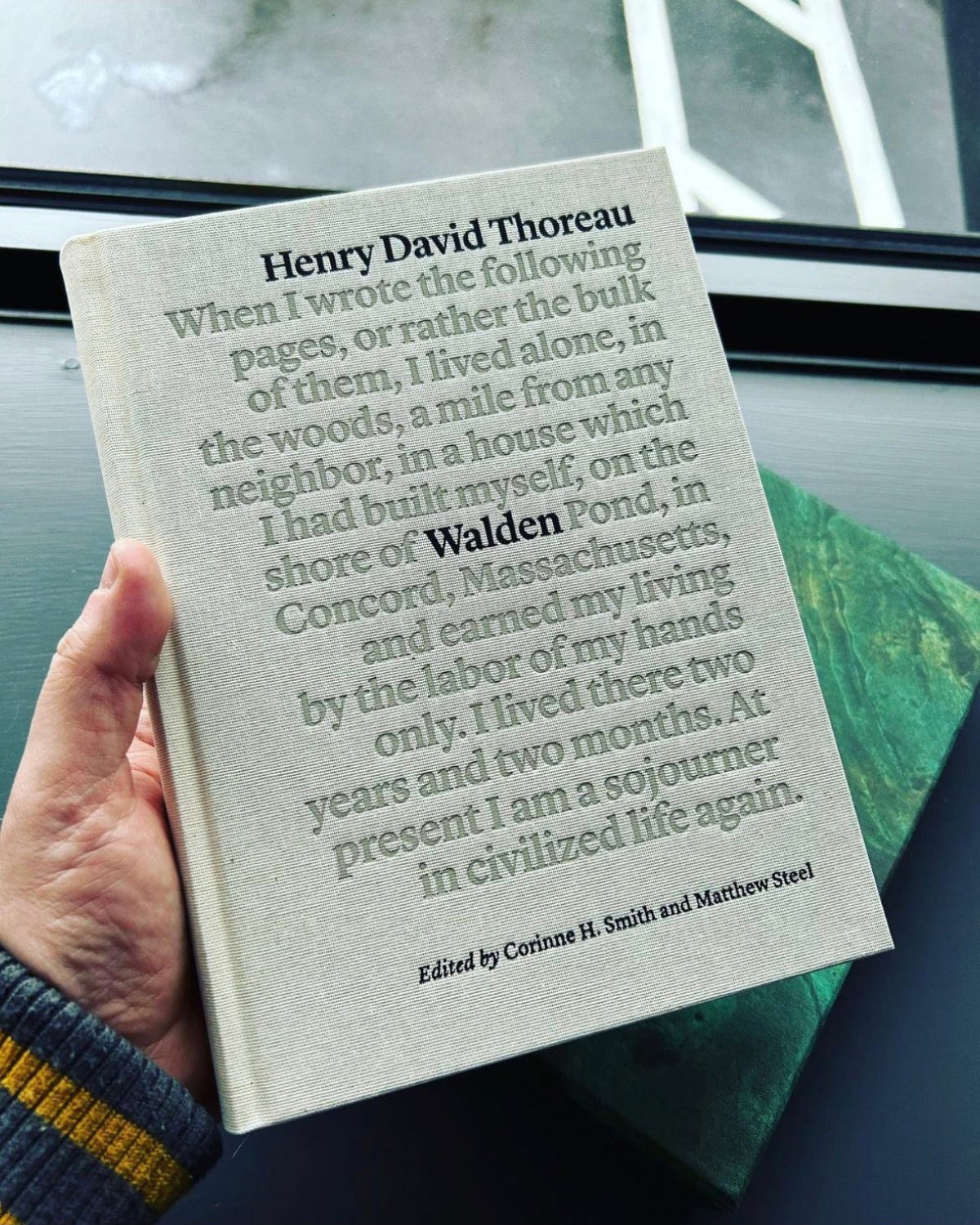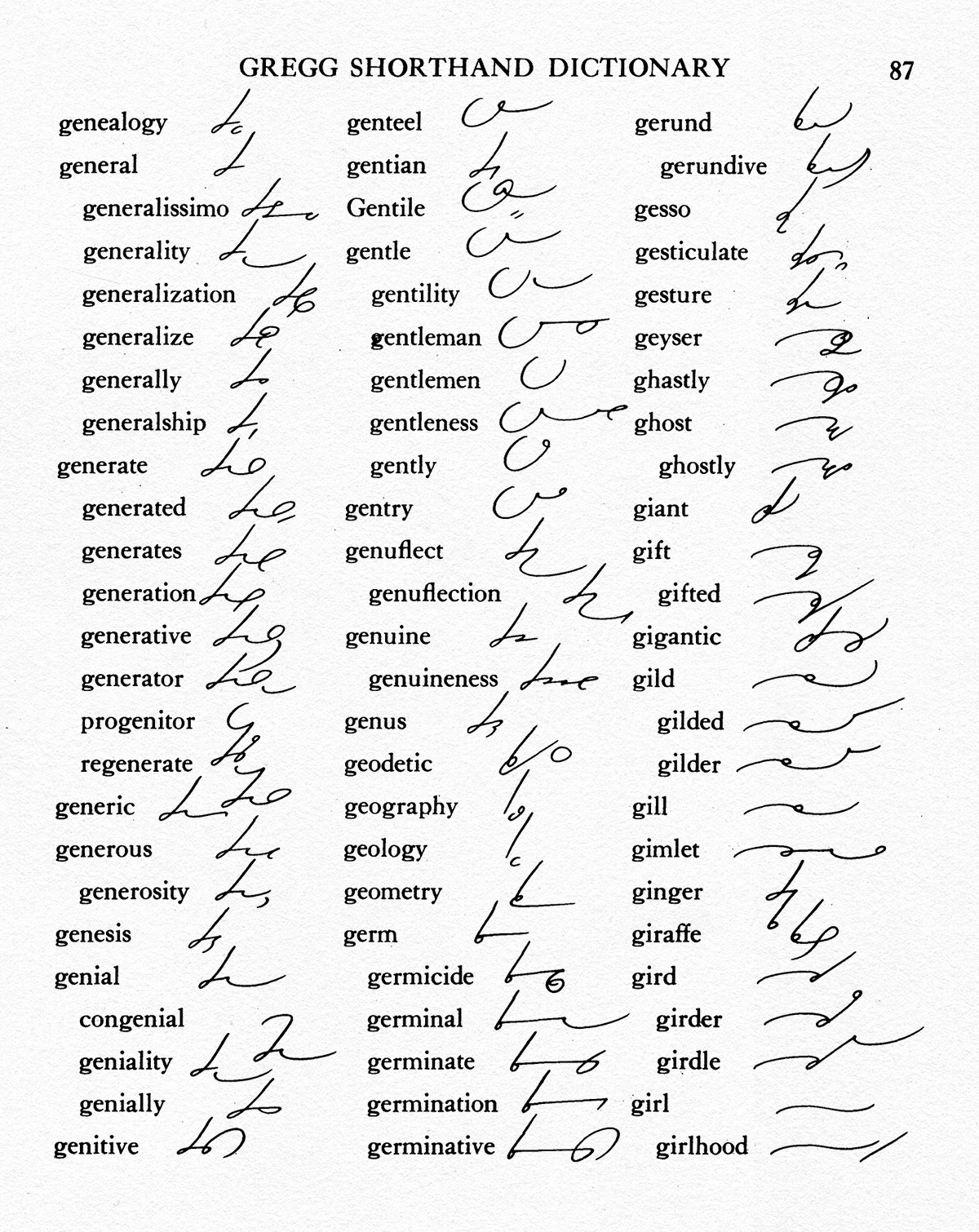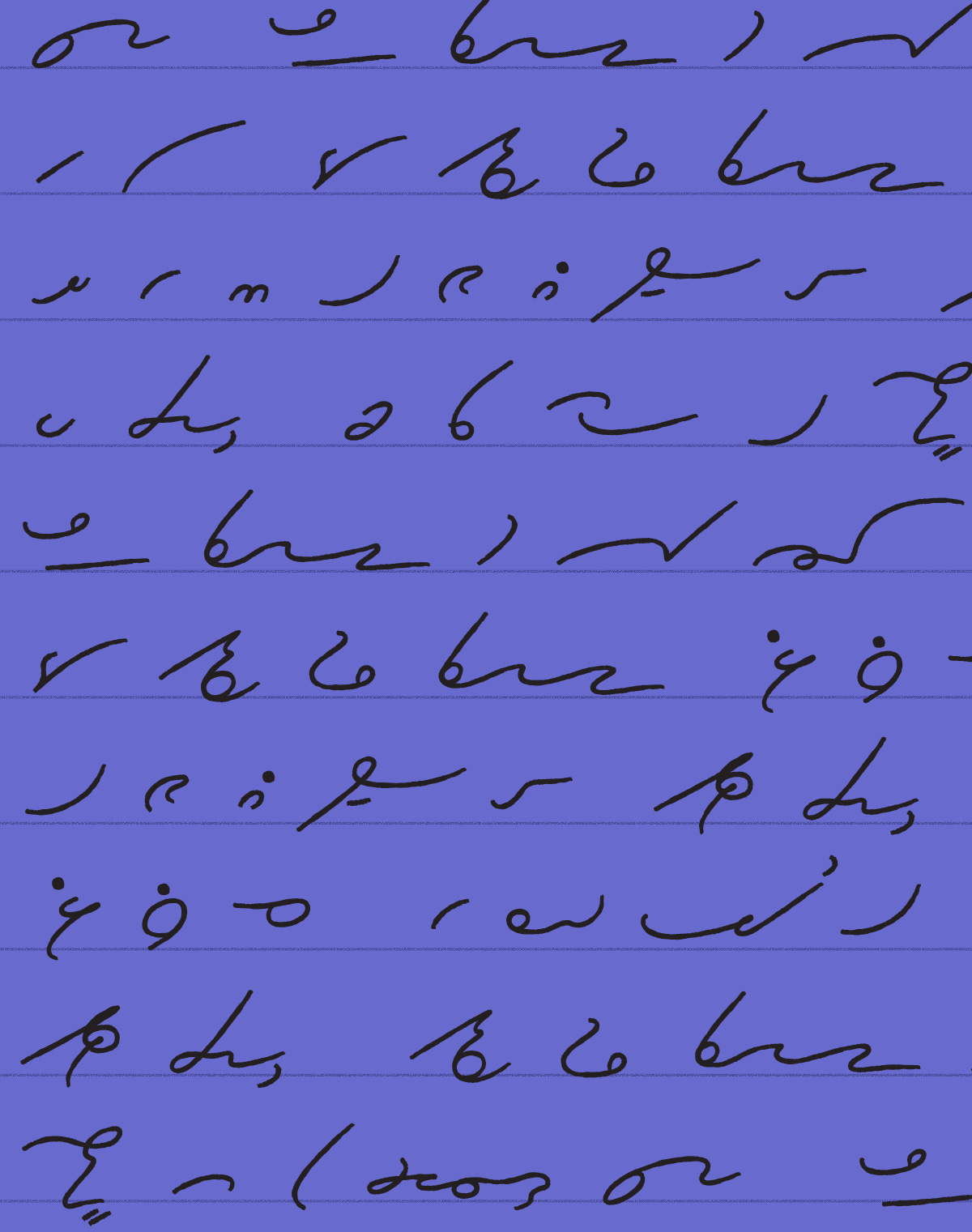Kith, Kin, Colleagues and Countryhobbits,
It’s that time of year again. You know – that time. The dregs of Christmas cheer are bone-dry residue in our seasonal cups. All 64 days of January are finally behind us, thank God. Each evening, daylight hangs on a millisecond longer. Just ahead, that beloved, bemoaned and disdained holiday: Valentine’s Day.
We’ve got miles to cover in this edition of Wonderlust, so get comfy and strap your eyeballs in.
I’ve got two goodies for you, plus a few studio updates. Some, I’ll only mention below as foreground for future emails and because I believe it’s prudent to keep active client projects on the down-low. Since there’s so much afoot in our tiny shop, I’ll keep the ledes aboveground by putting everything in a big dumb list.
A Valentine’s Day sale that doesn’t suck
A new essay about the woman who named God
Scribbles from the cutting room floor
I’m writing a book (!!!)
I’m editing and designing yet another book – this time, for a client I’m grateful to count among my close friends
Changing of the guard at Steel Brothers, which means...
We’re renaming and (sorta) rebranding
At the risk of sounding a mite high on my own supply... that’s A LOT. Right? A lot of change, for sure. I hinted at these changes in my last email. Some of it’s good, some ungood but moving-toward-God-willing-good. Let’s take it from the top.
Making Valentine’s Day Cooler since 2023
Still need a thoughtful gift for that special woods-walking, art-loving bookworm in your life? Or is your love language acts of solitude, and you want a nice treat for yourself as a silent protest against socially-enforced romance? Either way, I’ve got you.
From now until 1 pm tomorrow, February 11 (EST), we’re running a $25 off flash sale on The New Walden.
At $85 for a single book or $175 for a Combo Pack if you want a couple’s mind-massage, this is the lowest price I’ve offered thus far. And the first five customers will get a signed art print for free. Till now, these gallery-quality prints have only been available for preorder customers. They’re nearly gone, and this is the last time I’ll make them available.
To grab this offer, enter VALDEN (V for Valentine) in the discount field at checkout.
This deal isn’t limited to those of you who subscribe to Wonderlust. Anyone with the code can take advantage of it. So forward away!
The Woman Who Named God
Who says the list is finished?
K.J. Ramsey knows suffering. Since childhood, she’s lived with a debilitating autoimmune disease. As the author, poet and therapist says on her website, “I can’t remember what it’s like to live a day without pain.” After a case of Covid ran amok in her compromised immune system, she now has seven diseases and health complications. At the still-tender age of 33, she’s taking IVIG treatments and may need them till the day she dies.
K.J. also knows how beautiful and horrible the body of Christ on earth – the church – can be. She’s endured abuse from church leaders and members, yet she still follows Jesus.
I recently heard a podcast interview with K.J. about her latest book, The Book of Common Courage. She describes how fear can be a strength and an invitation to practice courage. The admonition to “fear not” that appears 365 times in the Bible isn’t a command against feeling fear, she says, because that would require us to become inhuman; and in certain forms, fear can protect us and lead us to appreciation and awe. K.J. believes it’s the invitation of fear that’s critical – what it asks us to move towards. In every case, no matter the source or kind of fear, the invitation is to draw closer to God. When seen from this perspective, “fear not” isn’t a command to repress our feelings but a call to walk through fear with and towards God.
The Book of Common Courage is a collection of prayers, poems and blessings that unpack Psalm 23, where David tells how a Good Shepherd walks with him even in “the valley of the shadow of death.” K.J. notes a powerful privilege given to us in that we – human beings – “get to name God.” I was walking while listening, and that statement stopped me in my actual tracks. Jeff McCord, one of the interviewers, interjects that this notion shouldn’t scare us. “Just consider how many names there are for God in the Bible,” he says. “Everybody’s been doing it – for a really long time!”
We get to name God. What a mind-blowing sentence! The job isn’t reserved for prophets, priests and dead authors. It didn’t end when the Council of Nicaea agreed on the 66 books we call the Bible. This project is ongoing. As He and we are eternal, the naming of God will never end. The notion of creatures naming their creator sounds unspeakably audacious. At the same time, if God not only permits us but also wants us to name Him and relishes such a personal and creative act, then we begin to see something remarkable about God’s nature and His heart.
Scribbles from the Cutting Room Floor
Last summer, I began a multi-phase branding and design project with a non-profit journalism client. Look for a full case study later this year, but for now, I’ll share a peek at some graphic elements that didn’t make the cut.
In our design workshop, we discussed using the notation method of shorthand as a background element to supplement photography and illustration. The idea was to weave in a handmade texture that recalls the client’s scrappy beginnings. Most people can’t read or write shorthand these days, but a small few journalists and authors still use the once-ubiquitous Gregg shorthand system for notation.
We decided to drop this element from the identity system. Not only is shorthand somewhat inscrutable to the audience, but it looks back rather than forward. And since the core goal of this project is to elevate the client’s fundraising communications, forward has to be the focus. All that to say, killing these darlings was the right move, though I still find their hasty, calligraphic texture alluring.
Bonus points for anyone who can read Gregg shorthand – these aren’t random doodles but actual snippets of the brand messaging I wrote. :)
Branding with the Enneagram
It’s official: I’m writing a book (my very first!) about branding with the Enneagram. It feels surreal and scary to see those words in writing.
In 2016, I pitched an intrepid client on the notion of using the Enneagram, my favorite framework for self-knowledge, to help develop her company’s verbal and visual identity. She said yes, and was thrilled with the outcome. Since then, I’ve refined and expanded the method with increasingly effective results. Thus far, I’ve used Enneagram typology to create brand strategies and narratives for 22 for-profit and non-profit brands and campaigns.
If you want to connect with human beings – people inside your organization and customers outside – you need frameworks to help you sound and look human. AI can’t get there, at least not yet. I’m convinced the Enneagram can be the most authentic and compelling rubric for building brands that drive business by drawing ideal customers and employees.
Many brand writers employ Jennifer Aaker’s “Big Five” dimensions of brand personality – Competence, Excitement, Ruggedness, Sincerity, Sophistication. Others use psychoanalyst Carl Jung’s twelve mythological archetypes. The Caregiver, the Hero, the Sage and so on.
These frameworks have their uses, but they’re more diagnostic than dynamic. They offer little or no insight into motivation. And motivation is what branding is about at base: defining why your business exists, what you stand for, why it matters, what drives your audience and how you might connect with them. Put another way, magnetism is the goal of branding and motivation is the vagus nerve between communicator and recipient. Over time, a reputation – a brand – develops along this nerve as messages are sent, promises made and (we hope) kept.
Unlike every other personality framework, the Enneagram tunnels into the unconscious center of what drives us, names those motivations and describes paths for growing in self-awareness, emotional health and relationships.
There are ethical issues to navigate in branding with the Enneagram, of course. For instance, it would be harmful to build a brand on the automatic, average or unhealthy aspects of any given type, whether we base it on a real person (e.g. the founder or CEO) or a fictitious persona. We need to look instead to the healthiest and most resourceful expressions. These are the qualities and gifts that appear when we act like people with personalities instead of personalities with people.
As far as I know, there’s only one other branding professional using the Enneagram to shape brand foundations – and they’re a dear friend who learned this approach from me. So rather than succumbing to avarice and keeping this highly effective tool to myself, I want to broadcast and teach it to everyone who cares about doing brand work with authenticity and integrity.
I’ll start with a short primer for those new to the Enneagram: where it comes from, how it’s evolved and the good, bad and ugly ways people use it today. I’ll describe how it’s impacted my life, and I’ll interview real-world business leaders who’ve seen how using the Enneagram at work can improve communication, increase efficiency and elevate morale.
Most of the book will explore the connection I’ve made between the Enneagram and branding. You’ll read about my process, how it varies and what I’ve learned not to do. You’ll find client testimonials. And of course, this book will be peppered with images from my portfolio – some of which few people have seen. But this won’t be a paean to my clients or my portfolio. I’ll cast a much wider net, investigating and unpacking brand identities from around the world, totally unrelated to me; brands that, quite by accident, seem to embody each of the nine types. (I’m already dreading the scores of permission requests to include trademarked materials.) Lastly, I’ll explore how the Enneagram can continue to impact businesses and integrate with HR practices, yielding value long after the last branding invoice is paid.
There may be more. This is what I’ve imagined so far.
As with The New Walden, this book will be beautiful, collectible and a pleasure to read. I want to create a powerful resource that will inspire and delight business leaders, creatives and psychology fans alike.
There’s no title yet. Bits and pieces from past essays will be up-cycled into the book. Otherwise, I’m at the hopeful, frightening, figmentary starting line.
Here’s to small beginnings!
Changing of the Guard
If you skipped down to this part, I don’t blame you.
When Jon and I started Steel Brothers, our division of labor was simple. He’d cause the work and I’d do it. We had enough projects and income for me to jump in full-time. His plan for our first 12 months was to hold down a full-time job elsewhere and work part-time with me. Once we signed on enough clients to require regular freelance support or hire another designer, he would work exclusively at Steel Brothers.
It seemed like a reasonable plan. It meant long hours for him and odd meeting times for both of us, but we were prepared to put in the sweat equity.
And then the first-year plan stretched out to two.
Between 70-hour workweeks and monthly military obligations, Jon had way too much on his plate for too long. He’s more energetic than I’ll ever be, but even he was starting to crack and there was little I could do to alleviate the pressure.
After a few months of prayer and conversation, we decided to dissolve our partnership in June. Jon stepped back to a purely advisory role. Besides the occasional piece of rock-solid advice, he’s out of the picture these days.
Though painful, this was the right move for the sake of our brotherhood and friendship – far more important than any business venture. These days, I’m grateful to say we’re closer than ever.
Still: this means I’m a solopreneur.
Again.
Working alone is what I hoped to avoid after leaving my previous agency. I didn’t want to run point on sales or management; I just wanted to do the work and serve clients.
So... yeah. It was a tough summer followed by a slightly easier fall. And I learned a few things.
In a field as nuanced and creative as brand identity, the best salesperson is a practitioner.
I’m better at selling than I thought.
I’m enough.
God has and will give me more than I can handle. Nothing can take me away from him and nothing else matters.
Naturally, sadly, the Steel Brothers name has to go. Other things will change, too. We I have a fantastic website, and there’s no need to fully reinvent that wheel. But I’ll take this opportunity to simplify and streamline. Tighten the focus and clarify my offering. And, of course, roll out a new name – a for-life name, no matter what changes down the road – and a new logo.
Speaking of logos, and at the risk of smashing up against your inbox’s size limit: friendly reminder that brand design is my thing. I love it, and clients adore the results. Here’s a rapid-fire handful of marks and logotypes from years past.
My plate’s full for the next couple of months, but I’m booking branding projects with faith-friendly organizations for Q2 and beyond. Tell your friends, tell your boss, tell yourself if you’re a boss. Jot off an email to matt@steelbrothers.co to set up an exploratory conversation.
Go get it, friends. Whatever “it” is. God’s peace to you.
Matt










